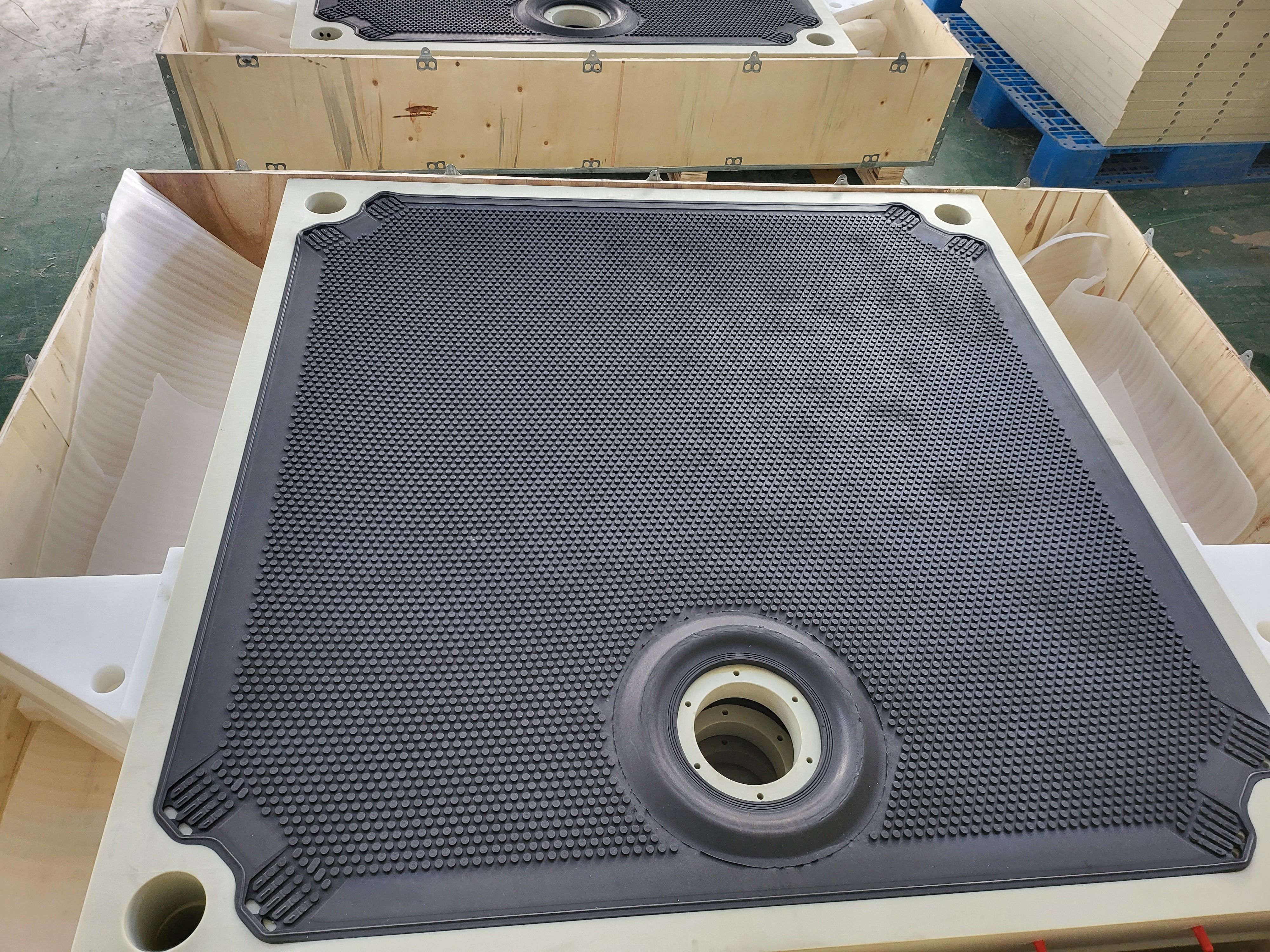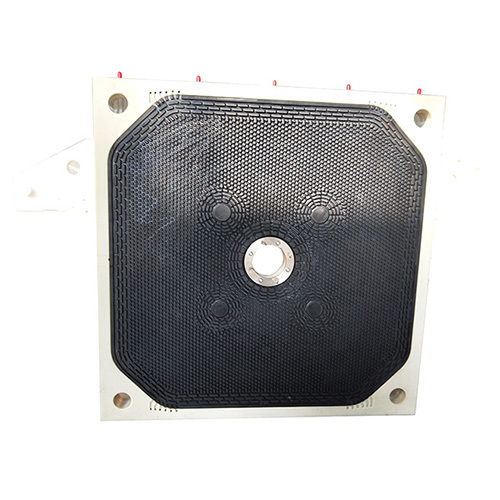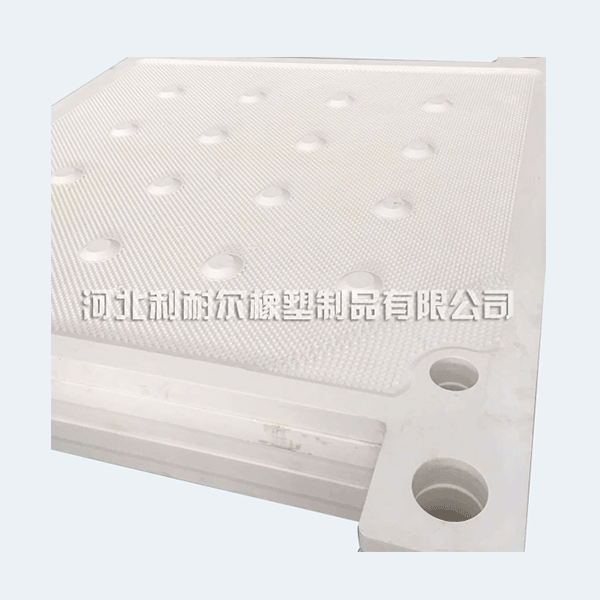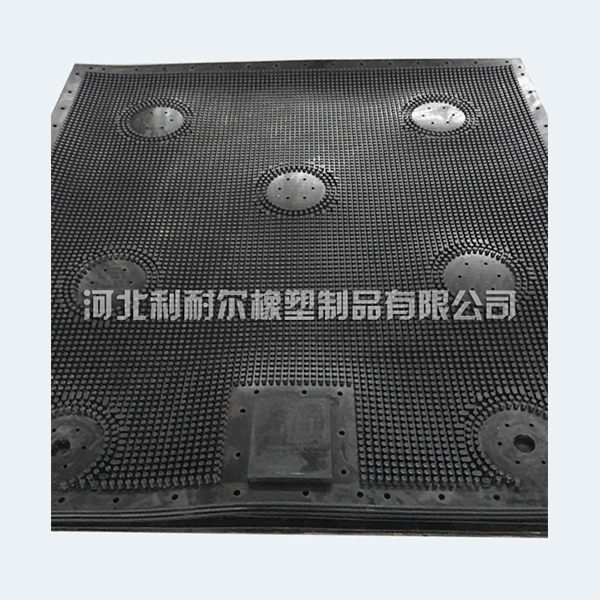Release time:
2021-01-12
O-rings are typical extruded seals. The compression rate and extension of the cross-sectional diameter of the O-ring are the main content of the seal design, which is of great significance to the sealing performance and service life. The good sealing effect of O-rings largely depends on the correct matching of O-ring size and groove size to form a reasonable compression and extension of the sealing ring.
O-rings are typical extruded seals. The compression rate and extension of the cross-sectional diameter of the O-ring are the main content of the seal design, which is of great significance to the sealing performance and service life. The good sealing effect of O-rings largely depends on the correct matching of O-ring size and groove size to form a reasonable compression and extension of the sealing ring.
Compression ratio
The compression ratio W is usually expressed by the following formula:
W=(d0-h)/d0 ×100%
Where d0-----the cross-sectional diameter of the O-ring in a free state (mm);
h------The distance between the bottom of the O-ring groove and the surface to be sealed (groove depth), that is, the cross-sectional height of the O-ring after compression (mm)
When selecting the compression ratio of the O-ring, the following three aspects should be considered:
1. There must be sufficient sealing contact area;
2. The friction is as small as possible;
3. Try to avoid permanent deformation.
From the above factors, it is not difficult to find that there are contradictions between them. A large compression rate can obtain a large contact pressure, but an excessive compression rate will undoubtedly increase the sliding friction and permanent shape. If the compression rate is too small, it may cause leakage due to the concentricity error of the sealing groove and the O-ring error that does not meet the requirements, and the loss of partial compression. Therefore, when choosing the compression ratio of the O-ring, it is necessary to weigh various factors. Generally, the compression rate of static seal is greater than that of dynamic seal, but its extreme value should be less than 25%, otherwise the compressive stress will relax significantly, which will cause excessive permanent deformation, which is especially serious in high temperature conditions.
The selection of compression rate W of O-ring seal should consider the conditions of use, static seal or dynamic seal; static seal can be divided into radial seal and axial seal; the leakage gap of radial seal (or cylindrical static seal) is Radial clearance, the leakage clearance of the axial seal (or plane static seal) is the axial clearance. According to the pressure medium acting on the inner diameter or the outer diameter of the O-ring, the axial seal can be divided into internal pressure and external pressure. The internal pressure increases and the external pressure decreases the initial tension of the O-ring. In the above-mentioned different forms of static seals, the direction of action of the sealing medium on the O-ring is different, so the pre-pressure design is also different. For dynamic seals, it is necessary to distinguish between reciprocating motion seals and rotary motion seals.
1. Static sealing: cylindrical static sealing device is the same as reciprocating sealing device, generally W=10%~15%; flat static sealing device is W=15%~30%.
2. For dynamic sealing, it can be divided into three situations; reciprocating motion generally takes W=10%~15%. Rotary motion seals must consider the Joule heating effect when selecting the compression ratio. Generally speaking, the inner diameter of the O-ring for rotary motion is 3%-5% larger than the shaft diameter, and the compression rate of the outer diameter W=3%-8%. In order to reduce friction resistance, O-rings for low-friction movement generally choose a smaller compression rate, that is, W=5%-8%. In addition, the expansion of the rubber material caused by the medium and temperature must be considered. Usually outside the given compression deformation, the maximum allowable expansion rate is 15%. Exceeding this range indicates that the material selection is inappropriate, and O-rings of other materials should be used, or the given compression deformation rate should be corrected.
2.2 Stretch
After the O-ring is installed in the sealing groove, it generally has a certain amount of stretching. Like the compression rate, the amount of stretch has a great influence on the sealing performance and service life of the O-ring. A large amount of stretching will not only make it difficult to install the O-ring, but also reduce the compression rate due to the change in the cross-sectional diameter d0, which will cause leakage. The stretching amount a can be expressed by the following formula:
α=(d+d0)/(d1+d0)
In the formula, d-----shaft diameter (mm); d1----inner diameter of O-ring (mm).
The range of stretching is 1%-5%. For example, the recommended value of O-ring stretching is given in the table. According to the size of the shaft diameter, the O-ring stretching can be selected according to the table.
Related News




























